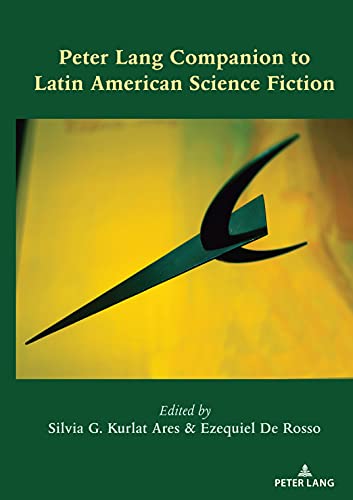
How plausible do you need to be in your speculative fiction? It’s a question that interests Robin C.M. Duncan quite a bit, and this Big Idea for The Carborundum Conundrum, one well worth digging into.
How much does realism matter in Science Fiction stories?
My second novel, The Carborundum Conundrum (Yes, the more I type that the more I think I should have picked another title), is centred on a genetic research and manufacturing facility in Canada’s frozen north, where an unscrupulous corporation breeds hybrid creatures for use in terraforming. But how much does it matter whether this key scientific aspect of my Science Fiction story has any factual scientific basis? I’m pretty lazy, and my proposition in this Big Idea is that accuracy or realism in the science of a Science Fiction story doesn’t matter, at all; not a jot.
My first novel, The Mandroid Murders, features some of the ‘usual’ SF trappings: like household doodads with fancy names that sound just a bit better than the ones you already have, pseudo-AI androids, (near) Light Speed travel, uploaded human consciousness and, perhaps slightly more unusually, a space elevator. Of all these things, the space elevator—arguably—is the most realistic. The idea of the space elevator was advanced by Arthur C. Clarke in his 1979 novel The Fountains of Paradise, and simultaneously by Charles Sheffield’s The Web Between Worlds.
Clarke and Sheffield were not the first to imagine the elevator however—that was Konstantin Tsiolkovsky in 1895—but might be credited with popularising the concept. This low-energy transport innovation for reaching Earth orbit has appeared in several novels since, like Heinlein’s Friday, Robinson’s Red Mars, and our own gracious host’s Old Man’s War. Its realisation continues to be pursued in actual science and engineering, with graphene playing a key role in cable design, for example. It’s as easy to imagine the presence of a working space elevator (two actually) as it is subdermal comms tech and subvocalization.
The Carborundum Conundrum: Amazon|Barnes & Noble
Read more at: The Big Idea: Robin C. M. Duncan











Recent Comments